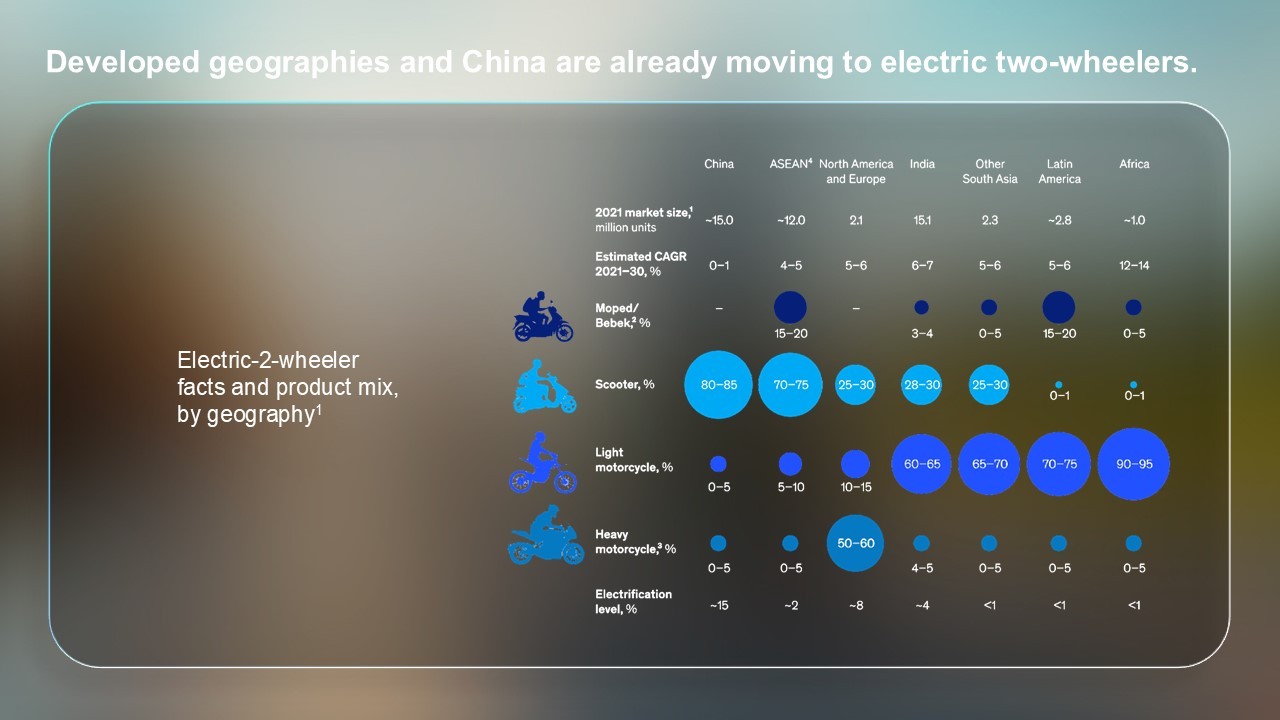4G smart mobility solution - Fibocom-Global Leading Wireless Modules & IoT Solutions - Fibocom

-
Products & Solutions
- Fibocom's high-performance wireless communication modules are designed to enable global IoT applications across multiple sectors
-
MBB Wireless Modules
5G Advanced/5G RedCap/5G, LTE Cat 20/Cat 18/Cat 16/Cat 13/Cat 12/Cat 9/Cat 6, Wi-Fi IoT Modules

-
IoT Wireless Modules
LTE Cat4 /Cat 1/Cat 1bis/Cat M, 3G, 2G IoT Modules

-
Smart Wireless Modules
AI, 5G/4G, Wi-Fi Smart Modules

-
Intelligent Solutions
Embodied Intelligent Solution

-
GNSS Module
Professional, Industrial-grade

-
Automotive-Grade Modules
5G, C-V2X, LTE Cat 6/Cat 4, Wi-Fi Automotive Modules

- Technologies
- IoT Applications
- Service & Support
- Info Center
- Company
















